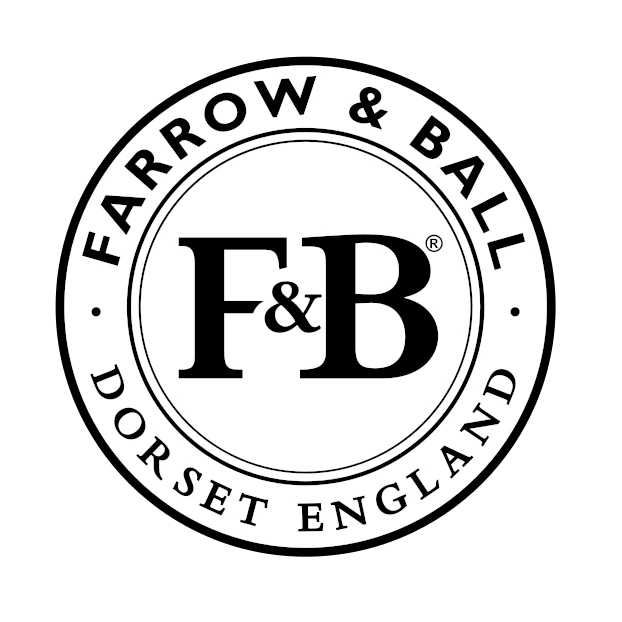Benjamin Moore Fallen Leaf CSP-330
| Official page: | Fallen Leaf CSP-330 |
| Code: | CSP-330 |
| Name: | Fallen Leaf |
| Brand: | Benjamin Moore |
What color is Benjamin Moore Fallen Leaf?
Step into a tranquil oasis with the soothing hue of Benjamin Moore Fallen Leaf (CSP-330). This versatile green-grey blend adds a touch of elegance and warmth to any space, creating a cozy and inviting atmosphere. Pair Fallen Leaf with crisp whites and soft neutrals for a clean, contemporary look, or combine it with rich jewel tones like sapphire blue or emerald green for a more dramatic effect. Whether used as the main wall color or as an accent in furnishings and decor, Fallen Leaf(CSP-330) is sure to bring a sense of serenity and sophistication to your home.
Try before you buy
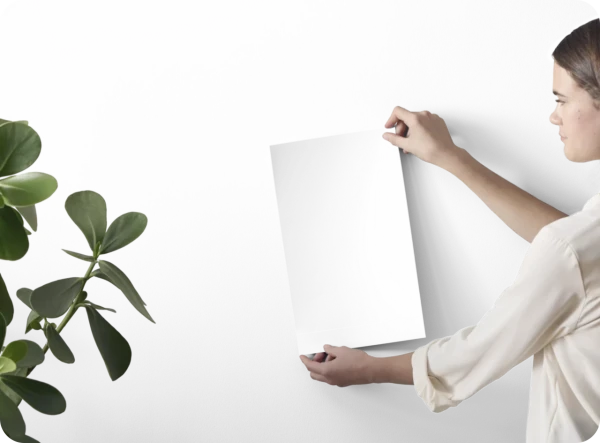

100% accurate
reusable paint samples

Peel, stick,
and repeat

Twice painted
with real paint

Next day
delivery
What are Benjamin Moore Fallen Leaf undertones?
The undertone of Fallen Leaf can be accurately described as a Red hue, as is apparent from the color space provided. By isolating the pure hue and eliminating any tints, tones, and shades, we were able to precisely determine its undertone. This approach has proven to be more accurate than traditional methods of defining undertones on a white background, which are now considered outdated.
HEX value
HEX value:
#744634
RGB code:
116, 70, 52
Is Benjamin Moore Fallen Leaf CSP-330 cool or warm?

With a hue of 17° thisbrownrefers warm paint shade according to HSL (Hue, Saturation, Lightness) on the color wheel.
CSP-330 Fallen Leaf HSL code: 17, 38%, 33%
Hue - degree on a color wheel from 0 to 360. 0 is red, 120 is green, and 240 is blue.
Saturation is expressed as a percentage. At 0%, it appears as a shade of grey, and at 100%, it is in full color..
Lightness is also a percentage value. 0% is black, and 100% is white.
- Warm colors are ideal for kitchens, living rooms or bathrooms
- Warmer hues make larger spaces feel more inviting
- Warm beige shades create a cozy and inviting atmosphere, making any room feel comfortable and welcoming, perfect for living rooms, bedrooms, and hallways.
- Using dark warm shades like rich reds and browns creates a cozy and intimate atmosphere, perfect for dining rooms, libraries, and living rooms. These colors add depth and warmth. However, be careful when using them in small spaces or rooms with low ceilings, as they can make the space feel even smaller.
Act like a pro: Mixing warm and cool shades is a must have to get harmonius interior. Add accents that contrast with the primary color to create visual balance. If your walls are a warm color, don’t forget to add accent in cold colors (furniture, art, décor). A good practice is too use a complementary color scheme.
How light temperature affects Fallen Leaf
Natural Lighting. During the day, natural light shifts from about 2000 K at sunrise/sunset to 5500–6500 K at noon.
In addition, natural‑light temperature depends on its direction:
| Direction of sunlight | Visible temp. | Hue | Duration |
|---|---|---|---|
| North | Cool | Bluish | All day |
| East | Warm | Yellow | Before noon |
| West | Warm | Orange‑red | After noon |
| South | Warm | Orange‑yellow | All day |
Artificial Lighting. When choosing bulbs, pay attention to their color‑temperature (Kelvins).
Use the slider to see how this brown shade looks under different lighting:
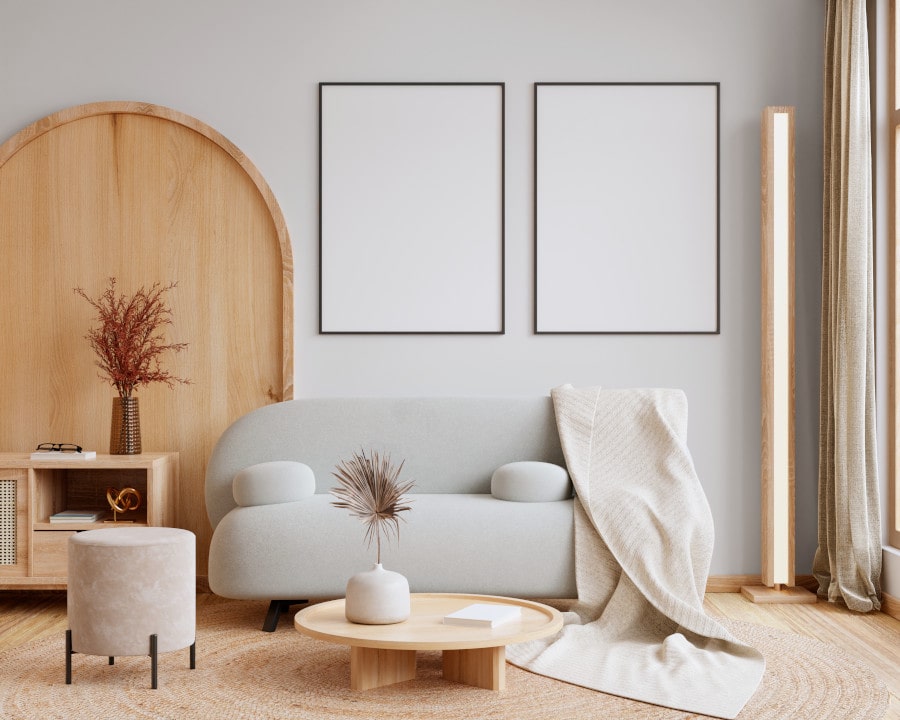
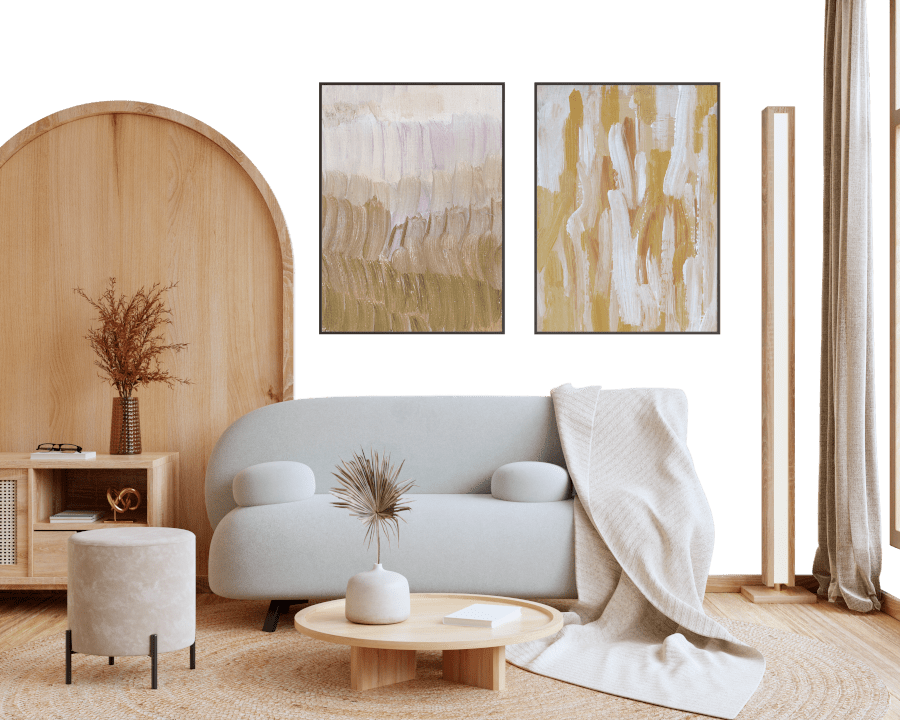
4000K
Coordinating colors.
Colors that go with Benjamin Moore Fallen Leaf:
Monochromatic color scheme

This scheme consists of various shades, tints, and tones of a single color. While it offers a perfect combination of hues, without accent décor it may become monotonous.
Lighter shades
Darker shades
CSP-330
Fallen Leaf
Complementary color scheme

This color scheme is a combination of two shades that are opposite each other on the color wheel. The high contrast between these colors creates a vibrant and dynamic visual effect. For the color Fallen Leaf with a red hue, complementary colors are those with a green hue close to 197, such as Benjamin Moore Aegean Teal and Blue Lace.
LRV of Fallen Leaf
Fallen Leaf has an LRV of 9.91% and refers to Dark colors which means that this color almost does not reflect light. Why LRV is important?

Light Reflectance Value measures the amount of visible and usable light that reflects from a painted surface.
Simply put, the higher the LRV of a paint color, the brighter the room you will get.
The scale goes from 0% (absolute black, absorbing all light) to 100% (pure white, reflecting all light).
Act like a pro: When choosing paint with an LRV of 9.91%, pay attention to your bulbs' brightness. Light brightness is measured in lumens. The lower the paint's LRV, the higher lumen level you need. Every square foot of room needs at least 40 lumens. That means for a 200 ft2 living room you’ll need about 8000 lumens of light – e.g., eight 1000 lm bulbs.
Color codes
We have collected almost every possible color code you could ever need. To copy the code, just click the icon to the right of it.
| Format | Code | |
|---|---|---|
| HEX | #744634 | |
| RGB Decimal | 116, 70, 52 | |
| RGB Percent | 45.49%, 27.45%, 20.39% | |
| HSV | Hue: 17° Saturation: 55.17% Value: 45.49% | |
| HSL | hsl(17, 38, 33) | |
| CMYK | Cyan: 0.0 Magenta: 39.66 Yellow: 55.17 Key: 54.51 | |
| YIQ | Y: 81.702 I: 33.196 Q: 4.129 | |
| XYZ | X: 10.013 Y: 8.342 Z: 4.331 | |
| CIE Lab | L:34.686 a:17.673 b:19.119 | |
| CIE Luv | L:34.686 u:32.705 v:17.354 | |
| Decimal | 7620148 | |
| Hunter Lab | 28.883, 11.337, 11.328 |
Color equivalents
2093-10
Cimarron
Benjamin Moore
2094-10
Burnt Cinnamon
Benjamin Moore
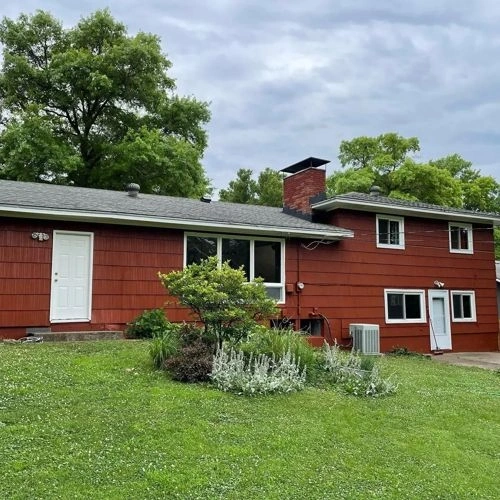
2104-10
Pancake Syrup
Benjamin Moore
2104-20
Beaver Brown
Benjamin Moore
2101-10
Suede Brown
Benjamin Moore
CW-260
Reid Brown
Benjamin Moore
2100-10
Mocha Madness
Benjamin Moore
2099-10
Brown
Benjamin Moore
2102-10
Earth Brown
Benjamin Moore
2099-20
Cupcake
Benjamin Moore
2100-20
Leather Saddle Brown
Benjamin Moore
2095-10
Adirondack Brown
Benjamin Moore
PPU2-19
Royal Liqueur
Behr
2092-10
Clydesdale Brown
Benjamin Moore
CW-265
Charlton Brown
Benjamin Moore
SW 6062
Vintage Leather
Sherwin Williams



